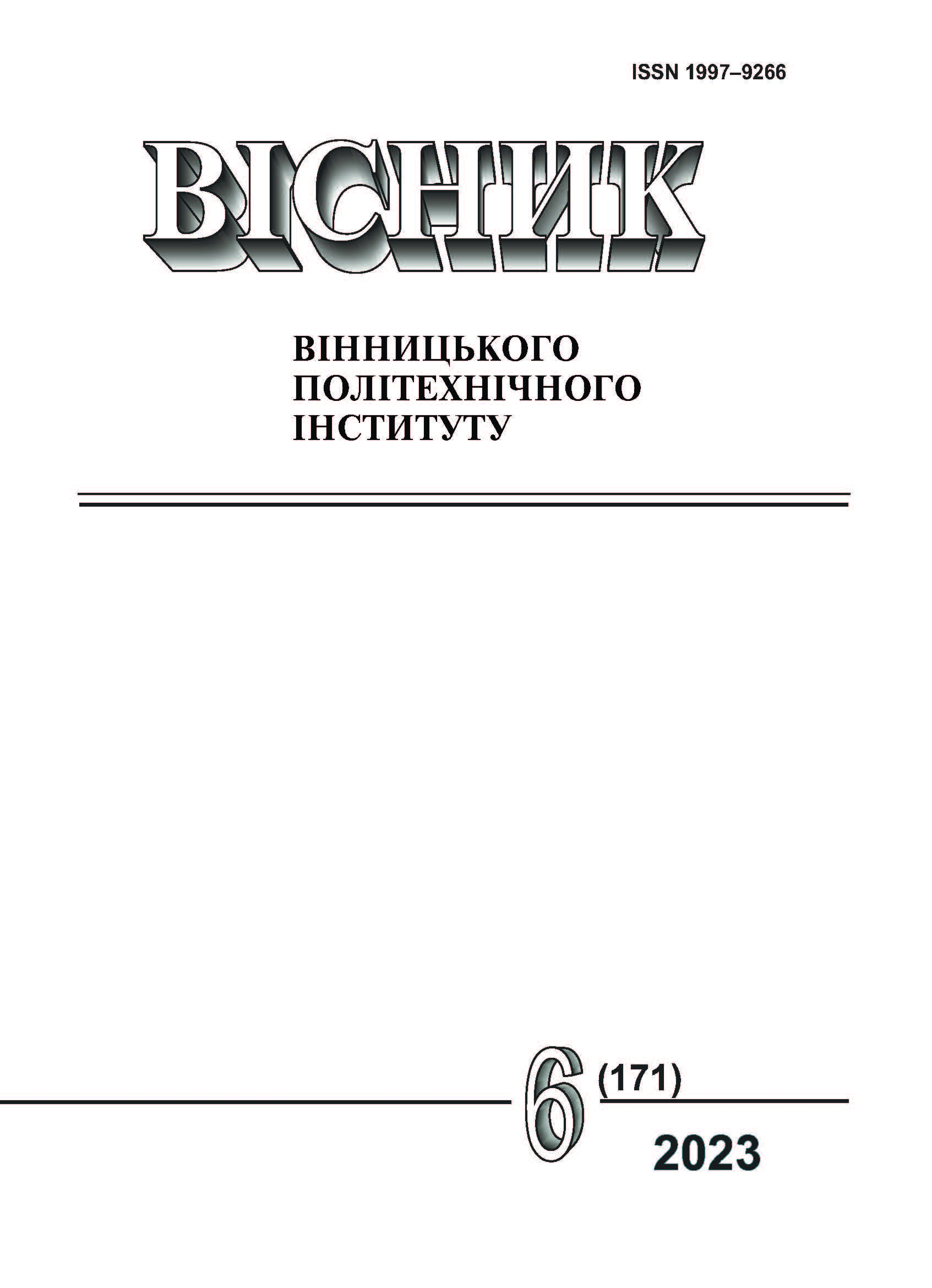Characteristic Features of Nanostructured Elements Formation During Pre-Recrystallization Heat Treatment
DOI:
https://doi.org/10.31649/1997-9266-2023-171-6-57-64Keywords:
pre-recrystallization heat treatment, substructure, polygonization, nanoscale elementsAbstract
In the work, the features of nanostructured elements formation during pre-recrystallization heat treatment were investigated using the methods of X-ray structural analysis and electron microscopy. It is shown that static deformation by 60…80 % and next short-term holding (1…2 min.) during pre-recrystallization heat treatment allow forming nanostructured elements in technically pure iron, non-ferrous alloys and steels. Using the example of technically pure iron, it was established that the specified treatment provides a reducing in the dislocation density due to the arrangement of the dislocation structure by the formation of networks with small-angle boundaries that are evenly distributed over the grain area. At the same time, the average size of the coherent scattering regions of after pre-recrystallization heat treatment is sharply reduced compared to the deformed state, which indicates the grinding of the substructure to submicroscopic (nanoscale) sizes. The formation features of the sub-grain structure in steels 20, У8 and 20X13 were studied. It is shown that an increase in the amount of carbon and chromium reduces the increase in hardness after pre-recrystallization heat treatment, which is associated with the formation of carbides that accumulate on sub-grain boundaries, block dislocations during plastic deformation and at the initial stage of polygonization. The low thermal stability (several minutes) of the formed crushed substructure was noted, which makes it impossible to use this method of improving properties for large sized parts. It has been proven that the combined deformation (30 % dynamic + 30 % static deformation) ensures the thermal stability of the polygonization substructure for up to 60 minutes. and form from 12 to 62 % of nanoscale elements in technically pure iron, carbon and alloy steels. A holding time of 60 minutes slightly increases the size and decreases the number of nanosized subgrains, which is explained by the increase in misorientation angles due to the beginning of dynamic recrystallization processes, but this is enough to ensure high hardness.
References
О. М. Дубовий, Т. А. Янковець, Н. Ю. Лебедєва, Ю. О. Казимиренко, О. О. Жданов, і М. М. Бобров, «Спосіб деформаційно-термічної обробки металів та сплавів,» Патент України, МПК С21D 8/00 C22F 1/00, № 95378, 25.07.2011.
О. М. Дубовий, Т. А. Янковець, і А. А. Карпеченко, «Спосіб нанесення покриття,» Патент України, МПК С23 С4/18, № 88755, 27.07.2009.
О. М. Дубовий, Н. Ю. Лебедєва, і Т. А. Янковець, «Вплив предрекристалізаційної термічної обробки на фізико-механічні властивості напилених покриттів та деформованих металів і сплавів,» Металознавство та обробка металів, № 3, с. 7-10, 2010.
О. О. Жданов, «Закономірності впливу передрекристалізаційної термічної обробки на фізико-механічні властивості деформованих сталей.» автореф. дис. канд. техн. наук: 05.02.01. Херсон, 2015, 28 с.
A. N. Dubovoy, T. O. Makruha, and O. V. Chechel, “The increasing of the thermal stability of the crushed substructure of steels,” Shipbuilding & Marine Infrastructure, № 2 (10), pp. 178-187, 2018.
О. М. Дубовий, і Т. О. Макруха, «Вплив виду комбінованого деформування на полігонізаційну субструктуру заліза та сталі У8,» зб. наук. пр. Національний університет кораблебудування, № 3-4 (474), с. 66-74, 2018.
О. М. Дубовий, і Т. О. Макруха, «Спосіб механотермічної обробки металів і сплавів,» Патент України, МПК C22F 1/00, C21D 8/00, № 117824, 10.07.2017.
Т. О. Макруха, і О. М. Дубовий, «Сучасний стан та перспективи розвитку наноструктурування деформованих металів і сплавів та напилених покриттів,» Технічні науки та технології, № 4 (30), с. 58-70, 2022.
Р. З. Валиев, «Новые исследования парадокса прочности и пластичности в наноматериалах,» Вестник СПбГУ. Математика. Механика. Астрономия, т. 7 (65), № 1, с. 112-113, 2020.
О. М. Дубовий, С. Г. Кулік, О. О. Жданов, М. М. Бобров, і О. І. Мирко, «Вплив деформації та легувальних елементів на твердість сталей і напилених покриттів після предрекристалізаційної термічної обробки,» зб. наук. пр. Національний університет кораблебудування, № 2, с. 36-44, 2011.
О. М. Дубовий, О. О. Жданов, і О. В. Горбань, «Можливості стабілізації полігонізаційної субструктури сплаву Д16,» Металознавство та обробка металів, № 2 (70), с. 34-39, 2014.
О. М. Дубовий, А. В. Бондаренко, О. О. Жданов, О. В. Жижко, М. М. Бобров, і Т. С. Галкіна, «Вплив передрекристалізаційної термічної обробки на субструктуру і твердість деформованих кольорових металів і сплавів та напилених покриттів,» зб. наук. пр. Національний університет кораблебудування, № 2 (443), с. 47-53, 2012.
Т. О. Макруха, «Підвищення фізико-механічних властивостей сталей формування полігонізаційних наномасштабних субзерен.» автореф. дис. канд. техн. наук: 05.02.01. Херсон, 2020, 30 с.
Downloads
-
pdf (Українська)
Downloads: 83
Published
How to Cite
Issue
Section
License

This work is licensed under a Creative Commons Attribution 4.0 International License.
Authors who publish with this journal agree to the following terms:
- Authors retain copyright and grant the journal right of first publication.
- Authors are able to enter into separate, additional contractual arrangements for the non-exclusive distribution of the journal's published version of the work (e.g., post it to an institutional repository or publish it in a book), with an acknowledgment of its initial publication in this journal.
- Authors are permitted and encouraged to post their work online (e.g., in institutional repositories or on their website) prior to and during the submission process, as it can lead to productive exchanges, as well as earlier and greater citation of published work (See The Effect of Open Access).





